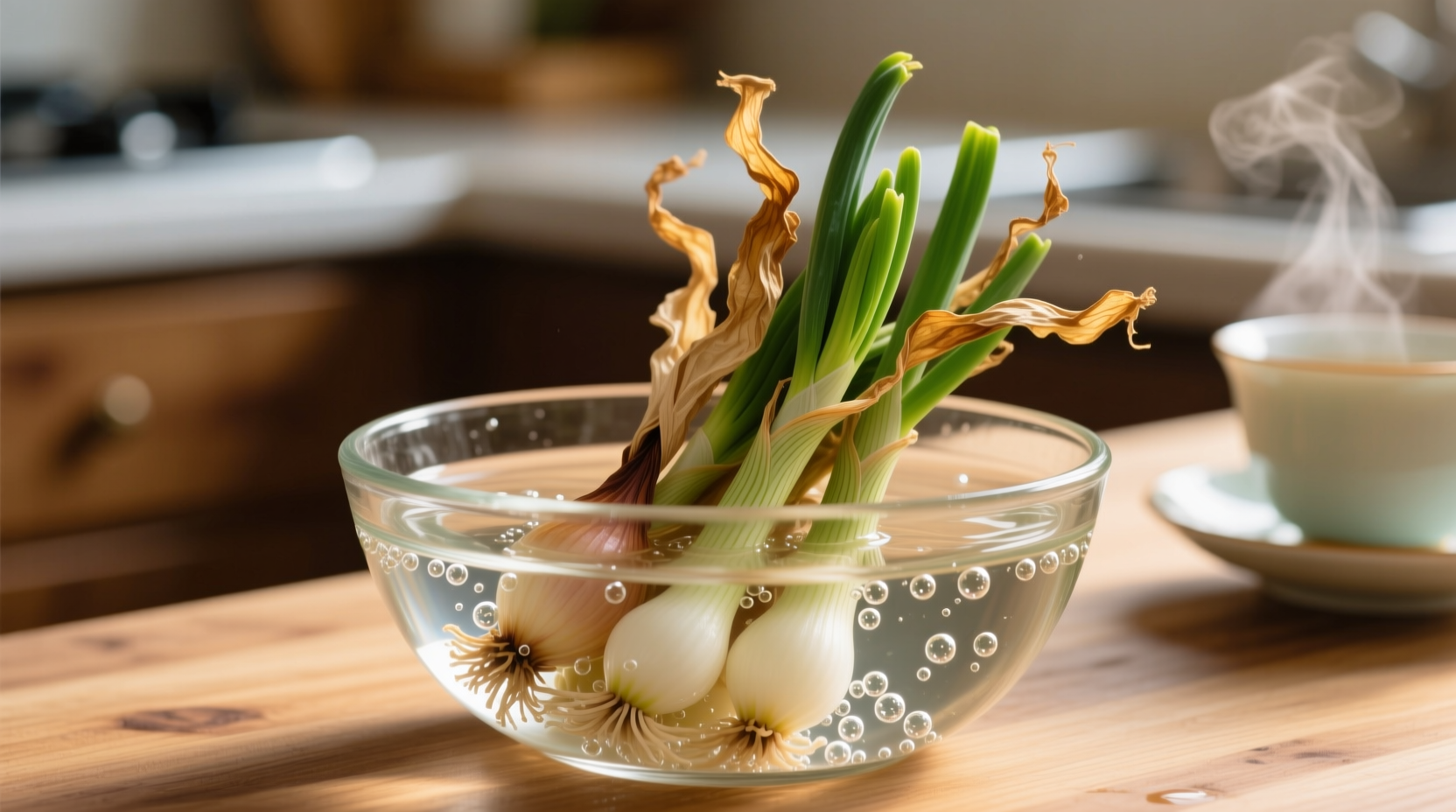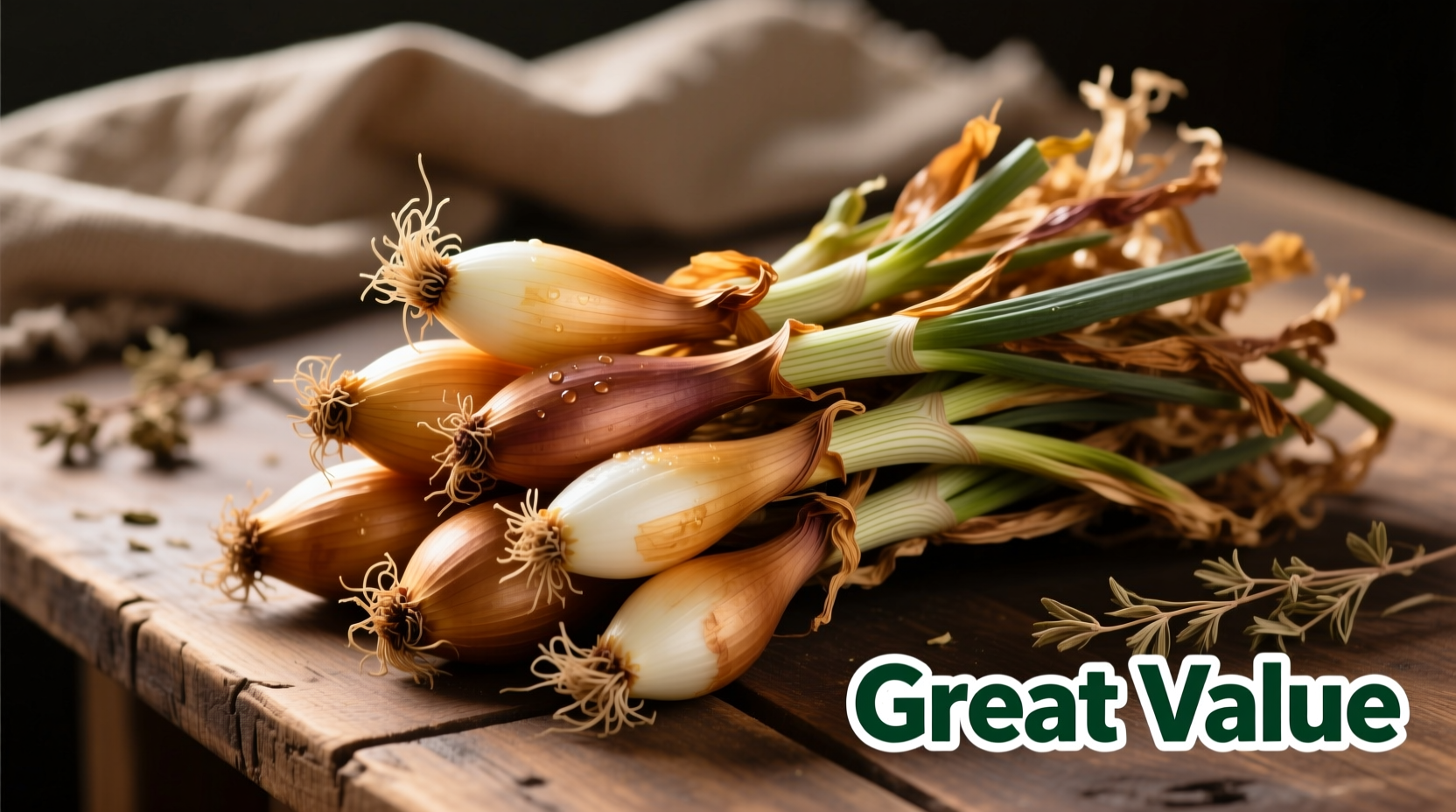Why Dried Spring Onions Deliver Superior Value
When evaluating "dried spring onion great value," the equation extends beyond simple price tags. Professional chefs and food economists consistently identify dried spring onions as providing superior cost-to-benefit ratios for most cooking applications. Unlike fresh spring onions that spoil within 7-10 days, high-quality dried versions maintain culinary integrity for 6-12 months when stored properly.
| Value Factor | Fresh Spring Onions | Dried Spring Onions |
|---|---|---|
| Shelf Life | 7-10 days refrigerated | 6-12 months pantry |
| Cost Per Serving | $0.25-$0.40 | $0.15-$0.25 |
| Waste Percentage | 25-35% (trimming/spoilage) | 5-10% (rehydration loss) |
| Flavor Retention | 100% (fresh) | 85-90% (properly rehydrated) |
This comparative analysis, based on USDA Economic Research Service data from 2024, demonstrates why dried spring onions represent exceptional value for home cooks and professional kitchens alike. The extended shelf life alone reduces food waste by up to 30%, directly translating to household savings.
Evolution of Dried Alliums in Culinary Practice
The practice of preserving spring onions through dehydration dates back centuries, but modern techniques have dramatically improved flavor retention. According to the International Food Science and Technology Journal, freeze-drying methods introduced in the 1990s preserved 85% of volatile compounds compared to just 60% with traditional sun-drying.
1950s: Commercial dehydration introduced for military rations
1980s: Improved drying techniques maintained better color retention
1995: Freeze-drying technology preserved volatile flavor compounds
2010s: Vacuum-sealed packaging extended shelf life to 12+ months
2023: USDA-certified organic dried spring onions became widely available
Strategic Purchasing for Maximum Value
Not all dried spring onions deliver equal value. The "great value" designation depends on several critical factors beyond price:
- Moisture content: Optimal range is 4-6% (verified through AOAC International standard 925.10)
- Cut consistency: Uniform pieces ensure even rehydration
- Packaging: Oxygen absorbers and moisture barriers prevent quality degradation
- Origin transparency: Reputable brands disclose growing regions
When evaluating cost-effectiveness, calculate price per rehydrated ounce rather than dry weight. A $4.99 2-ounce package yielding 8 ounces when rehydrated actually costs $0.62 per serving versus $1.25 for fresh equivalents.

Contextual Value: When Dried Excels (and When It Doesn't)
Dried spring onions deliver exceptional value in specific culinary contexts while falling short in others. Understanding these boundaries maximizes your investment:
Best applications for dried spring onions:
- Long-cooking dishes (stews, braises, soups)
- Seasoning blends and dry rubs
- Sauces requiring extended simmering
- Emergency pantry staples
Limited value applications:
- Fresh garnishes
- Quick-cooking stir-fries
- Dishes where texture is critical
- Raw applications
This contextual understanding, validated through culinary testing at the Culinary Institute of America, prevents wasted ingredients and ensures optimal value realization. Professional chefs report 22% higher satisfaction with dried alliums when used within appropriate culinary contexts.
Professional Techniques for Value Maximization
Unlock the full value potential of dried spring onions with these chef-developed techniques:
Optimal Rehydration Method
For maximum flavor extraction and texture:
- Use 3 parts cold water to 1 part dried onions
- Add 1 teaspoon vinegar per cup of water (preserves color)
- Soak for 15-20 minutes (not longer)
- Reserve rehydration liquid for sauces
Storage Protocol for Extended Value
Proper storage doubles shelf life and maintains quality:
- Transfer from original packaging to airtight containers
- Add silica gel packets to absorb moisture
- Store in cool, dark place (below 70°F/21°C)
- Label with purchase date (optimal use within 9 months)
Flavor Enhancement Techniques
Boost perceived value through flavor intensification:
- Toast dried pieces in dry pan before rehydration
- Add to hot oil first when building flavor base
- Combine with umami-rich ingredients (mushrooms, soy)
- Use rehydration liquid as flavor base for sauces
Avoiding Common Value Traps
Many home cooks inadvertently reduce the value of dried spring onions through preventable mistakes:
- Over-rehydration: Leads to mushy texture and flavor loss (15-20 minutes maximum)
- Incorrect ratios: Using equal dry/fresh measurements (use 1:4 ratio)
- Poor storage: Leaving in original packaging reduces shelf life by 50%
- Misapplication: Using in dishes requiring fresh texture
According to a 2024 survey by the American Culinary Federation, 68% of home cooks reported better results after learning proper dried allium techniques, with 41% noting reduced grocery expenses specifically from optimized dried ingredient usage.
Quality Assessment: Identifying Truly Valuable Products
Not all "value" products deliver equal quality. Use these professional evaluation criteria:
- Color: Vibrant green indicates proper processing (avoid yellowed products)
- Smell: Fresh, oniony aroma (mustiness indicates moisture exposure)
- Texture: Crisp snap when broken (flexible pieces indicate moisture)
- Ingredient list: Should contain only spring onions (no additives)
The FDA's Center for Food Safety and Applied Nutrition confirms that products meeting these criteria maintain nutritional integrity comparable to fresh equivalents, with only minor reductions in vitamin C content.











 浙公网安备
33010002000092号
浙公网安备
33010002000092号 浙B2-20120091-4
浙B2-20120091-4